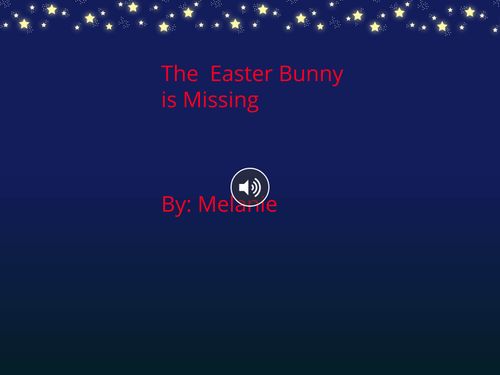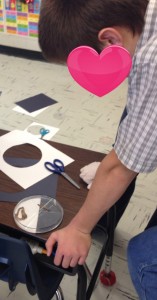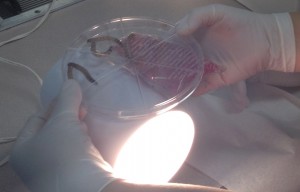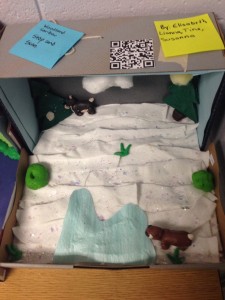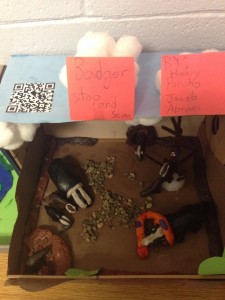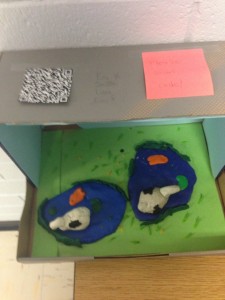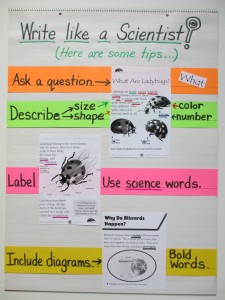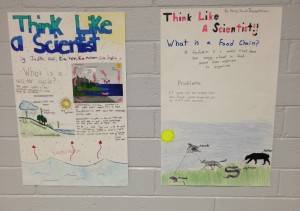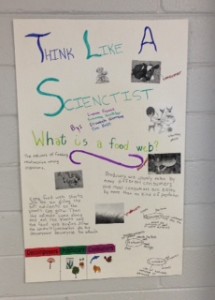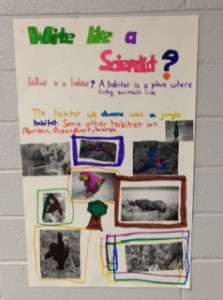Posted by Michelle Vidotto | Posted in Grade 7 Science | Posted on November 29, 2018
Take a look at the mystery story called, “The Case of Missing Precious Bunny Named Snowy,” created by Judy F. using, “Book Creator.” Enjoy! 🙂
Posted by Michelle Vidotto | Posted in Grade 7 Science | Posted on January 11, 2018
Take a look at the story called, “Santa Stuck in the Chimney,” written by Andrew created using the Book Creator App. Enjoy listening to the story!
Posted by Michelle Vidotto | Posted in Grade 7 Science | Posted on December 9, 2013
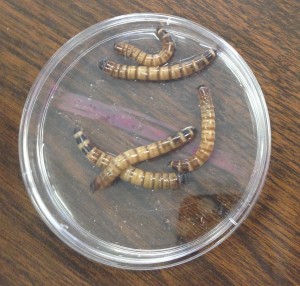
Are you teaching Grade Seven Science? Well if you are, one of the experiments for, “Interactions and Ecosystems,” is testing the habitat preferred by mealworms. I was discussing the experiment in the staffroom, well . . . more my dislike for mealworms when @AlexandraPletch a student teacher at our school recommended, “Superworms.” She remembered using the Superworms in High School Science to test the habitat they preferred. Her suggestion was fantastic! Superworms were more active than mealworms and the experiment turned out great!
My students tested whether Superworms preferred:
wet or dry?
warm or cold?
light or dark?
oatmeal or bran?
Students used four petri dishes and divided each petri dish up to test the conditions preferred by the Super Worms. Students used five Superworms in each petri dish to test each condition preferred.
Here are couple of suggestions that I learned after completing the experiment since this is the first year I am teaching Science 7:
For wet or dry @nishiteacher suggested using a wax crayon to ensure water didn’t travel to the dry side. This worked well! Also, make sure your lamps don’t get too hot and use a large ice pack when testing warm or cold. When testing light or dark, use the petri dish to trace the paper and then place half of each colour into the same petri dish. Tongs to pick up the Superworms worked well and wear gloves. Be sure to keep the lids on the petri dish on, as Superworms can crawl out! Hmm . . . not great for a teacher that didn’t want to use mealworms and decided to use active Superworms!
My students learned that Superworms prefer dry, warm, and dark conditions. Also, they preferred bran over the oatmeal, but did eat the oatmeal when they ran out of bran to eat. Students learned that Superworms are scavengers!
It was great to hear the students exclaim, “The experiment worked well and we enjoyed the experiment today.” Students were engaged and learned key concepts from the chapter!
Here’s a site for more information on Superworms: http://bit.ly/18ZiMxl
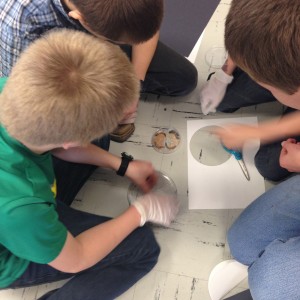
Posted by Michelle Vidotto | Posted in Grade 7 Science | Posted on November 19, 2013
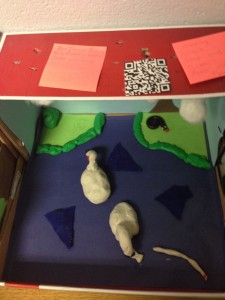
My Grade Seven Class enjoyed creating their diorama ecosystems. They had a choice between the following animals found in Alberta:
-
Woodland Caribou
-
Whooping Crane
-
Badger
-
Northern Leopard Toad
It was great to see the students enthusiastic attitude towards the project as they often asked when they would be working on their diorama. Students were creative and worked hard on ensuring their diorama depicted the ecosystem of their chosen animal. This project fostered teamwork and co-operation as it was a group project. Each team member contributed to the project by utilizing their strengths. Some were more creative, some worked hard at keeping their team on task, some took a leadership role etc. Each studentfelt successful and proud of their final product! Students also learned how to include a QR code on their diorama. A big hit!
This project was integrated with creating an individual report on their chosen animal. Students were excited to create a SMART Notebook presentation with backgrounds, animation, links, and videos.
Click the links below for the research report outline and student generated rubrics.
Ecosystem Diorama and Research Report
http://bit.ly/HHF0Jj
Students did include animation in their report, but since all browsers may not support SMART Notebook, files have been saved in PDF format. Take a look at the students Smart Board presentations.
Whooping Crane
Woodland Caribou
Woodland Caribou
Woodland Caribou
The final part of this project was presenting their report to their peers, as well as, to other students in the school.

